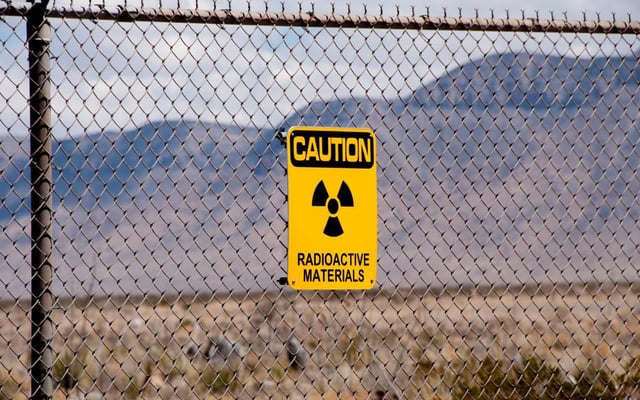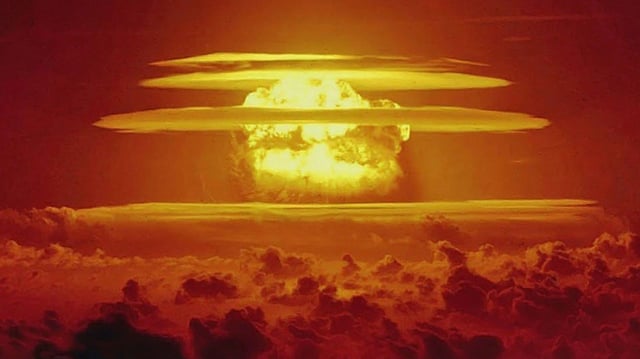Overview
- A Los Alamos study confirms that overlapping seismic waveforms from earthquakes and underground nuclear explosions can reduce detection rates for nuclear tests from 97% to 37%.
- The findings challenge a 2012 report that claimed earthquake tremors could not mask nuclear test signals, highlighting a critical vulnerability in seismic monitoring systems.
- Seismic masking also impacts the detection of smaller earthquakes, with detection rates during swarms dropping from 92% to just 16%, potentially skewing seismic catalogs.
- The study proposes a waveform injection method, using data from the Nevada National Security Site, to improve the ability to differentiate explosions from natural seismicity.
- Despite these challenges, the Comprehensive Nuclear-Test-Ban Treaty verification regime's reliance on radionuclide analysis and other markers ensures that seismic masking alone cannot fully conceal nuclear tests.

